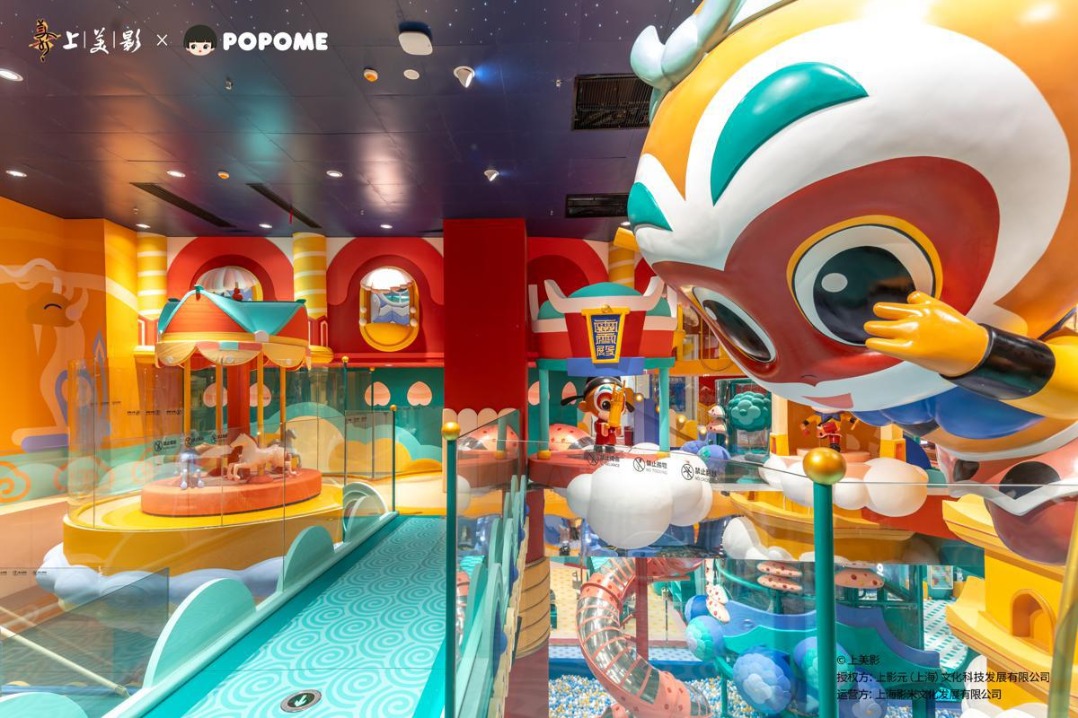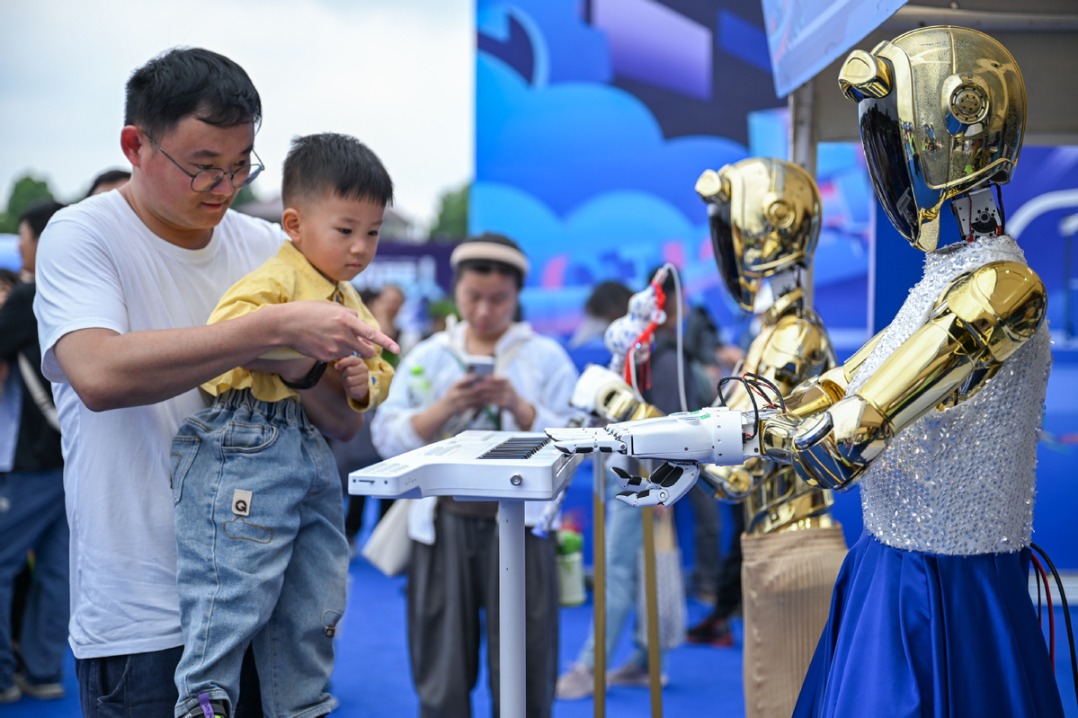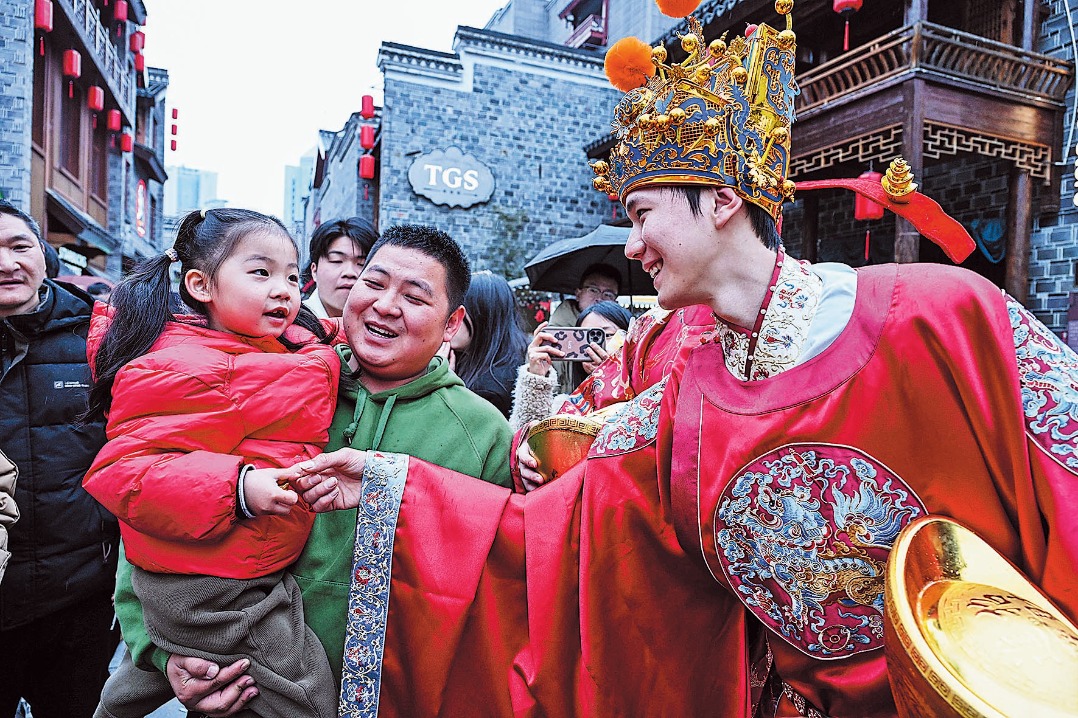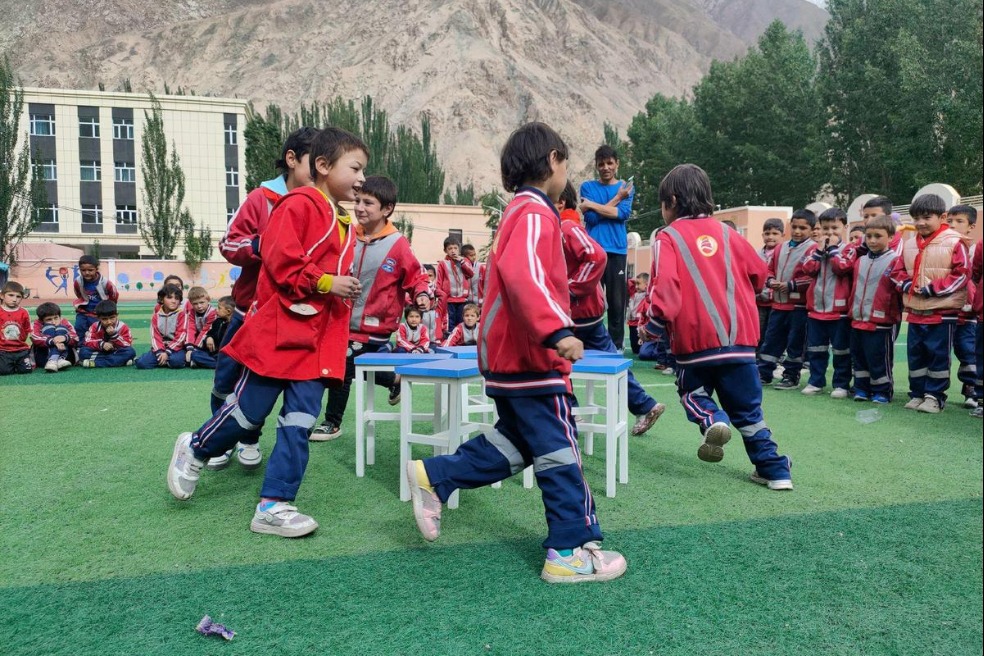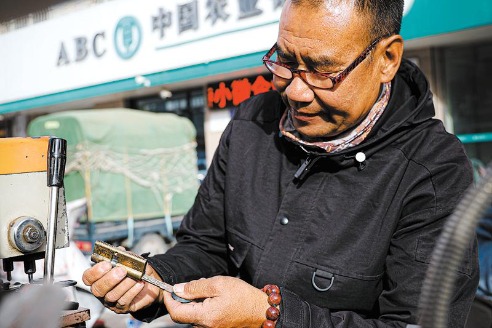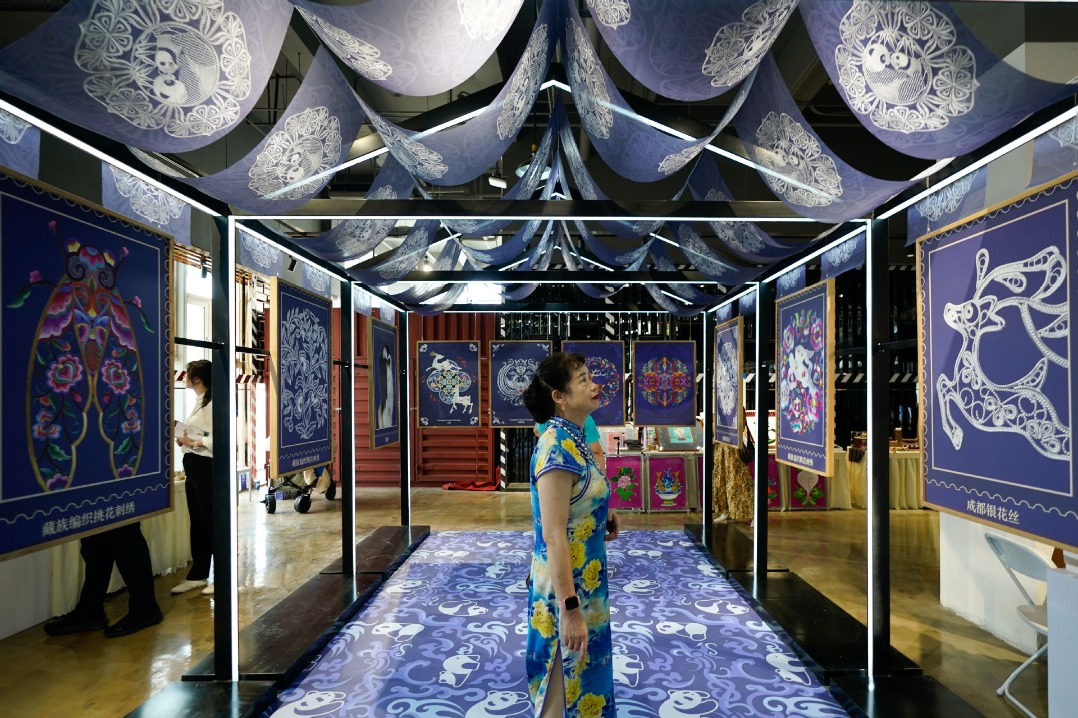What is the future of metropolises after COVID-19 pandemic?

Overall planning and layer designing
Yoshinori Yokoyama: Design a new city from scratch is almost impossible even for the most talented urban designers and city planners. A city is a complex and dynamic entity which has many layers, including its ecosystem, water and energy supply, sewage network, supply chain, multiple type of transportation, and culture. They interact with each other constantly. Each layer sometimes covers different size of areas overlapping and integrating with each other and grow and decline constantly.
Those layers are the mixture of hardware and some are software. A city hardware can be designed relatively with logic such as its unique transportation and energy systems to cope with globalization. But, design of software is not easy. It depends on the spontaneity of many people's activities. The cultural element of a city is especially important. It is the source of unique character and attractiveness of a city. For example, living in New York City and Tokyo is very different because they have different cultures. But in general, they are two very successful international metropolises. It is important to recognize and design a city through its layers.
Zhou Muzhi: Building a master plan before designing its layers is even more important.
Yoshinori Yokoyama: Yes. It is necessary for us to discuss how the master plan works for urban development. But, master plan by integrating many layers activities is getting extremely difficult. It should not focus too much only on the physical design of facilities and city scape, but on the core ideas and philosophies to embody and strategies to achieve that .
Zhou Muzhi: Only this kind of master plan can truly guide the layers designing.
Yoshinori Yokoyama: We can design a city's drainage, energy supply and transportation systems because these are all visible facilities. But it is hard to plan for a city's invisible elements like its culture.
Zhou Muzhi: Many elements in the cultural layer are decided by the unique characteristics of a region's cultural orientations. Some may turn to nationalism and some may choose regionalism. The former confronts globalization through its own culture while the latter aims to demonstrate its own regional and cultural features in globalization. Each successful international metropolis has its own choice in cultural orientations.
Yoshinori Yokoyama: A city's cultural layer needs constant fine-tuning. Any culture has two elements. There are elements which change over time and elements which does not and should not change. This is a difficult issue when you deal with renovation and renewal.
Zhou Muzhi: Right. For example, China has built a lot of new cities and zones in recent years with very good facilities and infrastructures, but their cultural vibe is something that needs constant nurturing. I invited many foreign friends to visit Shenzhen. The city boasts a lot of skyscrapers, but they find it not interesting at all. The city of Guangzhou made them excited because they can easily experience the typical Cantonese history and culture while walking down the streets.
Yoshinori Yokoyama: This is also the case with Nishi-Shinjuku, a Tokyo's urban sub-center. You cannot feel its charm because it has over control of open space use in the context of discouraging the student revolt which was common all over the world in the late 1960's. Unfortunately, this kind of control orientation not nurture spontaneous and self-evolving in culture of urban areas. Many buildings have squares and open spaces but no street food venders which are common at night market.
Zhou Muzhi: The cultural element and the ecosystem of a city are constantly evolving in itself. Urban designing and management should promote their cultural and ecological development. A city's tradition, culture and ecology develop through time and form its own characteristics that its residents take pride in.
The great Italian designer Mario Bellini once told me: A city is not built, destroyed or changed at your disposal. A city is where a community with the same cultural identity live and grow.
- Mainland rips DPP for threatening summit attendees
- Sichuan health authorities propose extending marriage leave to 20 days
- Postal and express delivery services handle over 1.5b parcels during holiday
- Chinese companies see IP disputes rise 4.6% to over 1,000 in US
- Students build 'eco town' in rural area
- 'Healing bread' sells like hot cakes


















